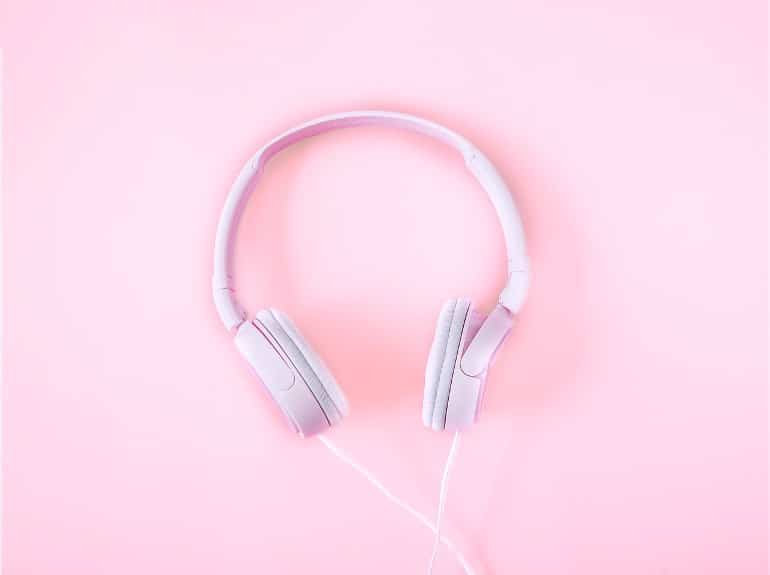Summary: Analyzing data from the popular music streaming service Spotify, researchers found the music we listen to while studying and the songs we prefer while falling asleep share more similarities than music in general.
Source: Aarhus University
What type of music do you use while studying? What type of music would you use to fall asleep at night? Have you ever wondered why you choose certain types of music? It turns out that the music used for both these situations is actually pretty similar.
According to a recent study from Aarhus University, which analyzed data from the streaming service Spotify, music that people listen to while studying and sleeping share more similarities than with music in general.
The researchers used both qualitative and quantitative analysis to compare the two types of music based on tracks, genres and audio features.
The study found that people use similar types of music to accompany these tasks.
“Our study suggest that music used for studying and music used for sleeping share many characteristics in terms of tracks, genres and audio features. This similarity highlights the potential of music to create a pleasant but not too disturbing atmosphere, enabling individuals to focus on studying and relaxation for sleeping”, says Rebecca Jane Scarratt, PhD student at the Center for Music in the Brain at Aarhus University.
Relaxing effects on the brain
The researchers analyzed many playlists seemingly used for studying or for relaxation before bedtime and found that these two types of music shared similar characteristics, such as slow tempo and repetitive patterns.
Among the most common genres found in both datasets were pop, lo-fi, classical and ambient music.
According to the study, the similarities could be attributed to their calming and relaxing effects on the brain. The slow tempo and repetitive patterns of the music help to lower heart rate and reduce stress, creating a conducive environment for both studying and sleeping.
The researchers also used statistical methods to compare the audio features between different datasets and determine whether there were significant differences.

They found that there were significant differences between sleep and general datasets in “Loudness”, “Energy” and “Valence” which refers to the emotional tone or mood of a piece of music. The same was the case between study and general datasets, but there was no large difference between the study and sleep datasets.
According to Rebecca, the findings are the beginning of a new research trend that compares music used for different activities and could lead to a better understanding of how music affects our cognitive and emotional states. The findings shed light on the difference between how music is assumed to be used in theory and how it is actually used in practice.
“While more research is needed to fully understand the relationship between music and cognitive processes, our study provides a starting point for exploring the impact of music on our cognitive and emotional states, and how it may enhance our daily lives.” says Rebecca Jane Scarratt.
About this music and neuroscience research news
Author: Jakob Christensen
Source: Aarhus University
Contact: Jakob Christensen – Aarhus University
Image: The image is in the public domain
Original Research: Open access.
“Music that is used while studying and music that is used for sleep share similar musical features, genres and subgroups” by Rebecca Jane Scarratt. et al. Scientific Reports
Abstract
Music that is used while studying and music that is used for sleep share similar musical features, genres and subgroups
Music is an integral part of daily human life, and certain types of music are often associated with certain contexts, such as specific music for sleeping or for studying.
The mood-arousal hypothesis suggests that music used for studying should be uplifting to boost arousal and increase cognitive performance while previous studies suggest that music used as a sleep aid should be calm, gentle and slow to decrease arousal. In this study, we created the Study music dataset by collecting tracks from Spotify playlists with the words ‘study’ or ‘studying’ in the title or description.
In comparison with a pre-existing dataset, the Sleep music dataset, we show that the music’s audio features, as defined by Spotify, are highly similar. Additionally, they share most of the same genres and have similar subgroups after a k-means clustering analysis.
We suggest that both sleep music and study music aim to create a pleasant but not too disturbing auditory environment, which enables one to focus on studying and to lower arousal for sleeping.
Using large Spotify-based datasets, we were able to uncover similarities between music used in two different contexts one would expect to be different.







